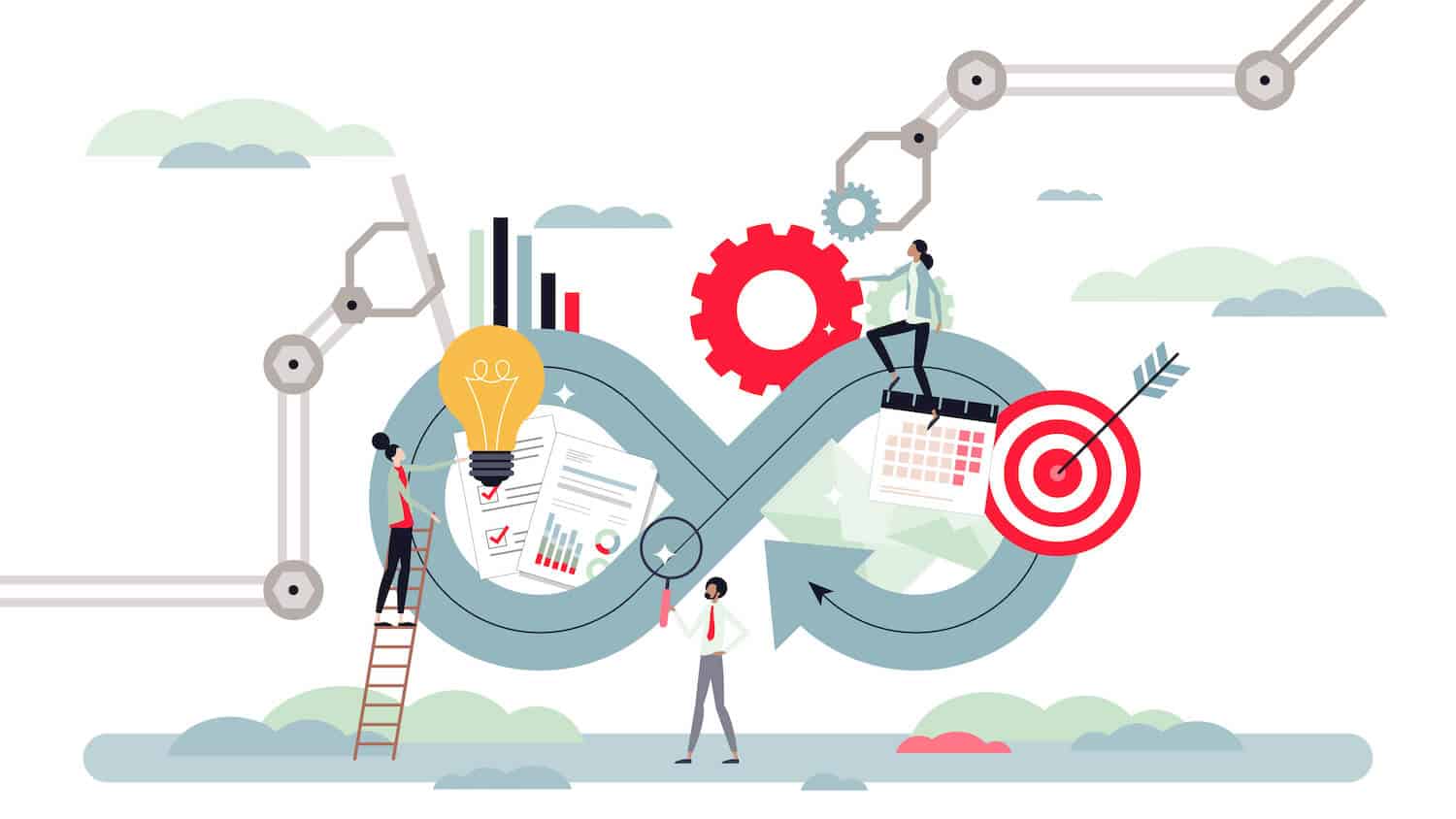If you need to upgrade and modernise your technology, do you throw everything out and start again? Or can you salvage some of what you already have?
A global transportation firm faced this dilemma. After a consultation period, Zenitech recommended a modernisation approach, using parts of the system that worked well and stripping out what didn’t, rather than a complete rebuild. The result justified the approach. It cut 30% of its development costs, increased throughput and delivery by 50%, and overall saved the company £1.9 million in technology spend, while enabling new revenue and regulatory compliance. A complete rebuild would have increased costs, and caused far more upheaval.
Unless you have unlimited time and budget (and who does?) you’ll want to upgrade as quickly, efficiently and cost-effectively as possible, with minimal disruption to your day-to-day business. And yet many providers will tell you to rebuild everything, embarking on a massive transformation project that will take years and cost you a fortune.
There is another way. At Zenitech, our focus is on achieving the end goal for your business in the simplest way possible. We’ll spend time at the beginning of the project finding the most direct route to where you want to get to. And often, that means consolidating and simplifying the systems you already have in place; reusing them where we can; and automating processes to speed them up, future-proof the system and make it as cost efficient as possible to test and run.By following this strategy of Consolidate, Reuse, Automate, we help businesses modernise and upgrade their technology without overspending or overengineering a solution.
Technology modernisation in practice
Here’s an example of how the approach works in practice.
Zenitech worked with a UK-based transport company to modernise its transport and courier apps, to create a system fit for the future.
The client had a vast array of software running on various systems, and because it had grown through acquisition, it had a myriad of inherited apps, with developers in different places all over the world. The system was sprawling and complex, and was a nightmare to manage.
Nothing could be done quickly, and even small changes took weeks or months to implement. Testing was done manually (with no automation at all) by a huge offshore team. The UK-based product manager was demotivated and frustrated, unable to update or upgrade anything fast.
Several tech companies had advised the client to throw everything out and start again from scratch. This would be a huge job, they all said, but worth the time and the expense.
Whose interest was that in? Not the client’s. So we recommended a different approach. We knew that in the tangle of systems were some that could be consolidated and reused, which would save time and money.
The client was intrigued.
“Give me six hours to chop down a tree, and I will spend four sharpening the axe,” said Abraham Lincoln. Time auditing technology, rather than throwing it out and rebuilding, is time well spent. It took 12 weeks to run a full audit of the technology and systems that were in place.
We pulled everything apart. We analysed systems, apps, infrastructure, software and source code. We unpicked processes and delved deep into the technology. What we found could save the client a significant amount of money, and create a better solution. Rather than opt for a complete rebuild, we recommended the client consolidate what they had, reuse the bits that worked well, and underpin testing with effective automation to save time within development cycles and significantly reduce cost.
By reusing existing technology where possible, the client saved money that would otherwise have been spent reinventing the wheel, and reduced the investment needed in developing new technology. Stripping out unnecessary legacy systems reduced complexity, making the whole system easier to manage. And we automated about two thirds of processes, including all new QA and testing, which significantly reduced the cost of running the systems, and meant changes could be rolled out swiftly.
We also looked at the team delivering the technology, who were based in different suppliers all over the globe. We worked with the client to consolidate the team into a single, smaller scrum team that was easier to manage, more efficient at getting results and all focused on the same goal for the client’s business.
The result was phenomenal. Running costs dropped by almost a third, and the client now has a tech stack that will take it into the future, for a fraction of the cost of a complete redesign.
How we approach consolidate, reuse, automate
Here are some more examples of our approach in action.
Consolidate tech and systems
We worked with a car parking company that had a vast and complex system with many third-party components (and huge costs).
It couldn’t manage data efficiently as customer data was outside of its control, and so there were substantial challenges when it came to finance and reconciliations. Too many elements were kept in too many places.
We re-platformed the technology, removed unnecessary components, and brought everything together to form a new ecosystem that had better control and agility. We consolidated what was worth keeping.
Reuse whenever possible
It makes financial sense to reuse technology and systems where possible, especially when budgets are tight.
Zenitech worked with an educational assessment provider to digitise all its processes. During the pandemic, the client needed a portal that schools could use to submit supporting evidence for students’ exam results. It needed to be done fast.
We analysed their systems and repurposed many of the tech components that the client already had – saving valuable time and money, and getting the students their exams results on time.
Automate where you can
Automation is a critical part of technology modernisation. It lets you scale, saves you time, and reduces running cost. It can help your organisation become more agile, responsive and competitive.
We worked with a leading betting organisation to automate operations processes to help the company scale, and reduce cost. Through massive automation of traditionally manual business processes, we released huge savings in operating costs.
Automating data and content pipelines also made it possible for the company to offer their product to a much larger base of lower-budget clients, significantly growing revenue and market share.
These are just some of the ways we could help your business. If you want to explore how Zenitech can help your organisation modernise its technology, contact us to see how we can help.





